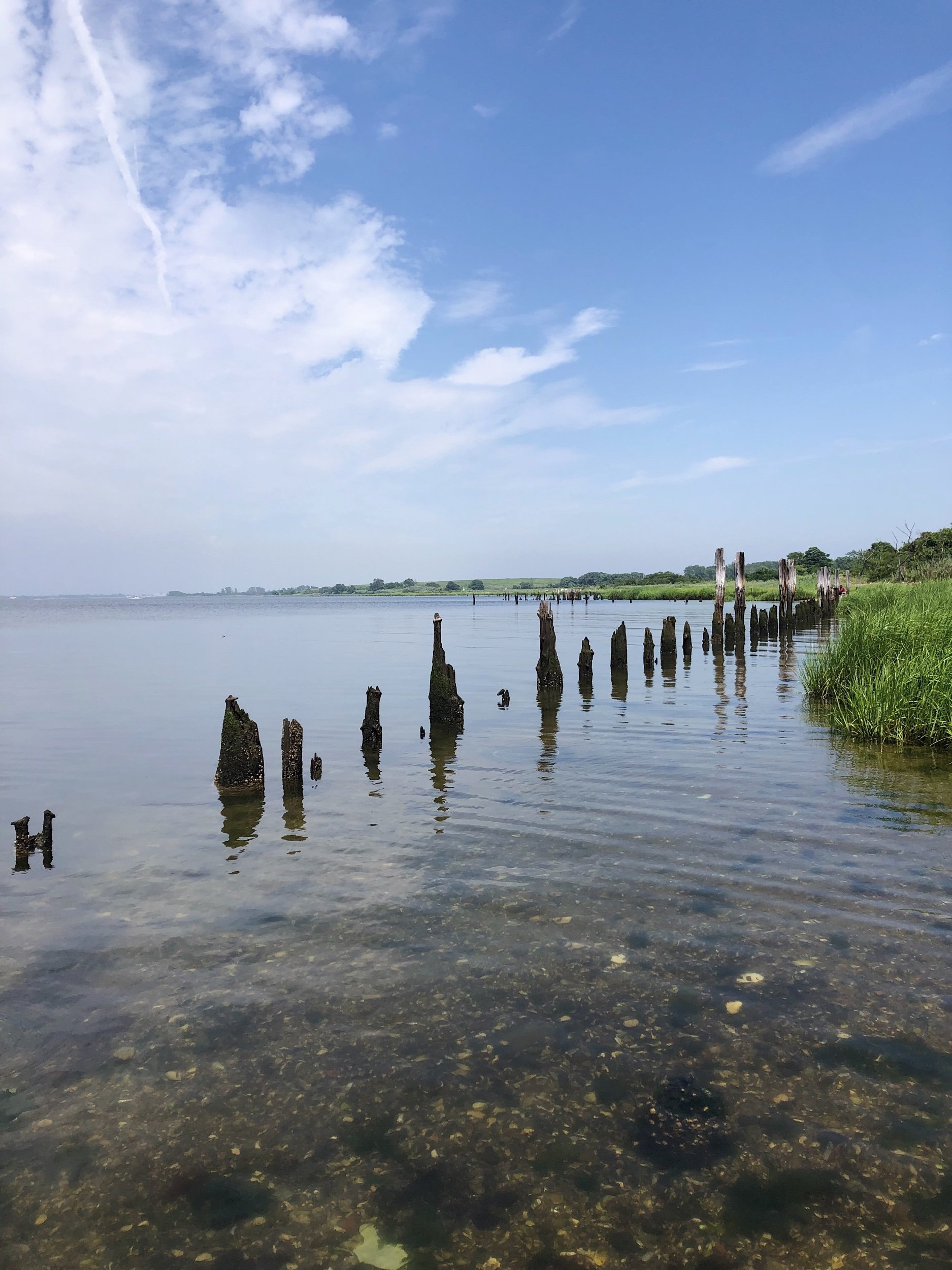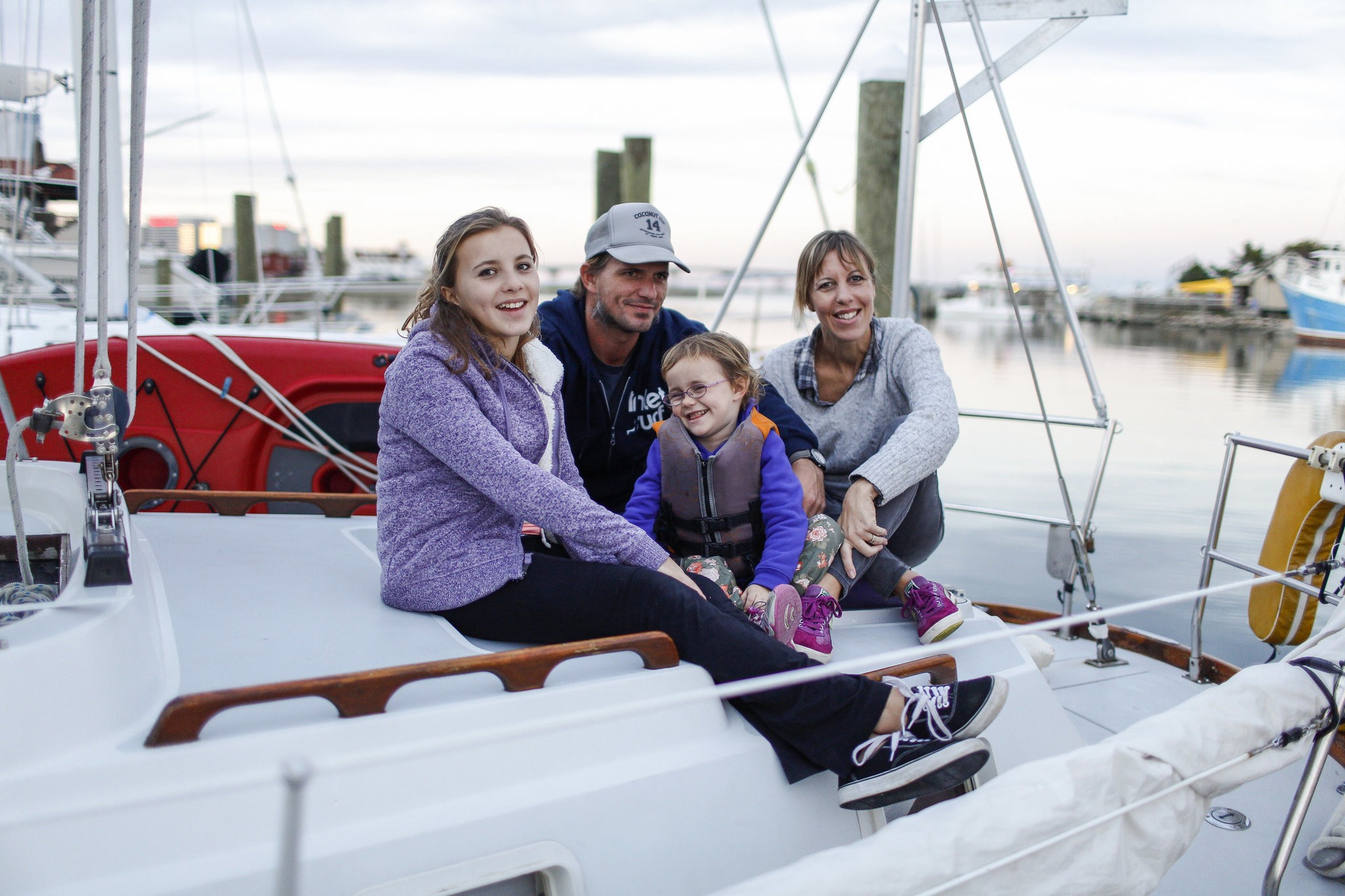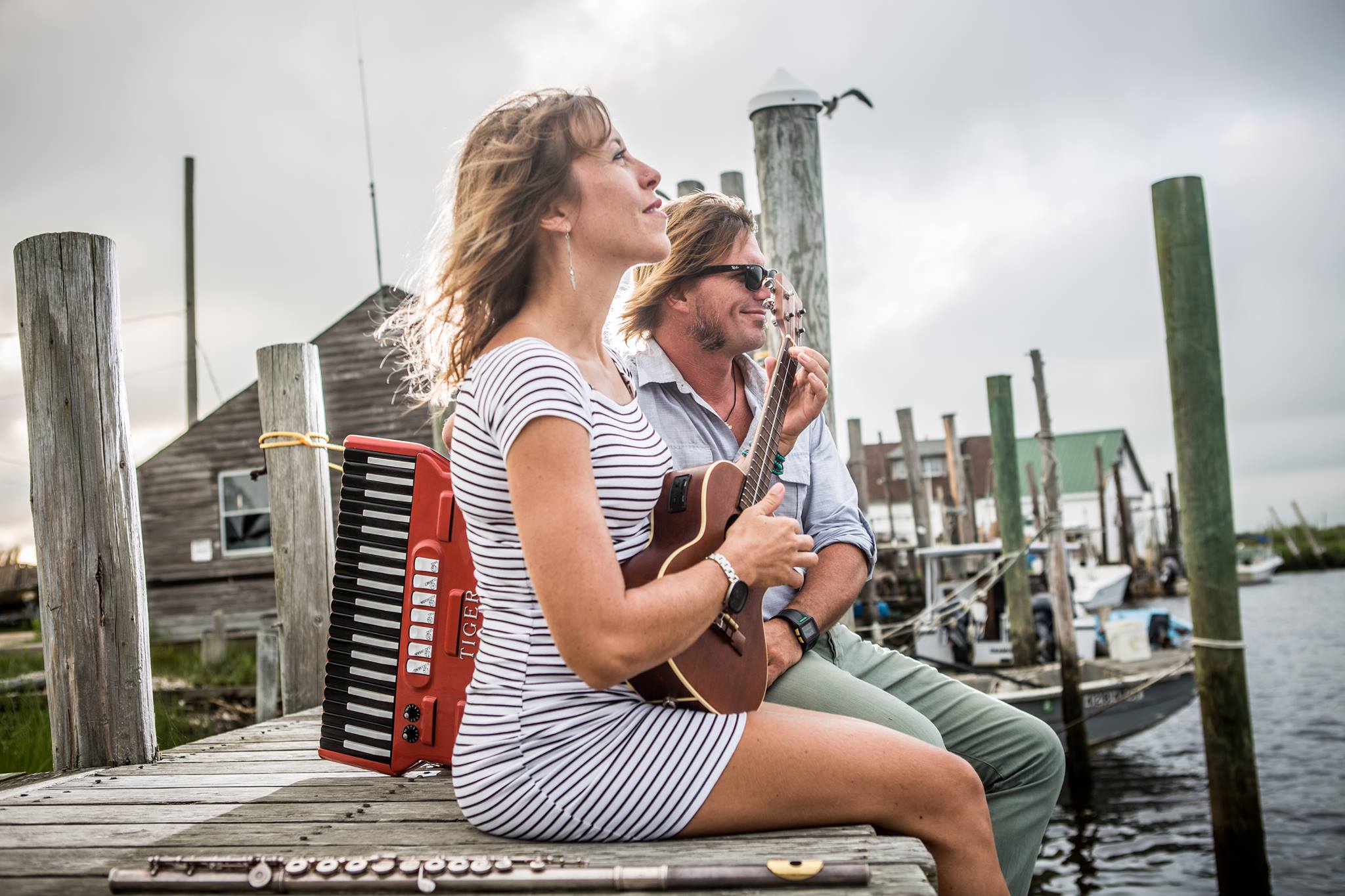
A Beginner’s Guide To Choosing The Right Private Boat Charter
With so many platforms out there to find excursions of every flavor, it’s important to understand that you’ve still got to mind your P’s and Q’s when looking into small private charters. Whether it be a motor or sailing vessel for tours and classes, a fishing charter or Jet Ski rental, here’s a few tips to help you find the right one for you - so you can have an unforgettable trip AND be safe.
Great Reads to Get Through the Doldrums
One way we like to escape these tempestuous developments is to break away from the screen and commune with a good book. The Captain has wanted to share a reading list with you all for some time, and now that spring is approaching he thought it high time to whet your sailing whistles with a taste of his 3 favorite books to read while at sea (ok, 4…).
Nautical Terms
Abeam – At right angles to, or beside, the boat
Aboard – On or in the boat
Adrift - Afloat and unattached in any way to the shore or seabed. It may also imply that a vessel is not anchored and not under control, therefore goes where the wind and current take her, (loose from moorings, or out of place). Also refers to any gear not fastened down or put away properly. It can also be used to mean “absent without leave”.
How To Talk Like A Sailor | 10 Nautical Terms
Before we say, “Welcome aboard,” let’s dive into a sea of sailor jargon and see how they found their way into our modern language.
Jamaica Bay and it’s ever -changing history through a mariners lens
When we think about that being only 30 years ago, and how such simple changes in man’s behavior have had such an enormous impact on the state of things in Jamaica Bay, the hope for a better future is palpable. We have had days on the water being surrounded by the feeding frenzy of thousands of birds of various species, dropping in the water one after the other, feasting on the leavings of bluefish, weakfish and striped bass as they consume massive schools of mummuchauge, silverside and menhaden. We’re graced with excellent sailing conditions as we wave hello to Otis the seal at the sandbar nearly every day.
Welcome 2023 Summer Season!
Greetings and salutations to all, wishing you the happiest and most fruitful new year from the deck of our winter vessel, “Catherine.” So far we’ve had an excellent winter in the Northern Caribbean, and have been based out of St. Martin engaging solely in our other passion - performing music, bringing joy and happiness to folks from all over the world.
Caribbean Sailing Vacation? Yes please!
Good day to you! With the holidays and cold weather approaching fast, we wanted to share some fantastic news from the bridge - Yacht Rock Charters is currently offering stays aboard the sailing vessel, Catherine at one of our favorite destination of Saint Martin, French West Indies through April 2022.
A Labor of Love
Laying a boat up out of the water is always a chore - one thing vessels do not like to do is stop sailing. Traditionally, sailing vessels are named after women and referred to as “she,” a mother or goddess guiding the vessel safely upon the sea. There are times when we “lay her up” that she is unhappy with the prospect, and re-commissioning her becomes a chore.
Mission Possible
So we did it. We set out for 6 days in Greenport, Long Island and we successfully completed all the lofty goals we set for freshening up the schooner, Deliverance. Of course it rained! Of course we missed the bowls of clam chowder in Greenport Proper, but a warm shower was a hot commodity through out the course of getting her back in the water.
Life after #IrMaria, One year later
Greetings from Yacht Rock Charters and beautiful Jamaica Bay, NYC. As some of you may already know, we are also the musical group, Stell & Snuggs, who perform from port to port aboard our sailing sloop, Catherine. One year ago, two category 5 hurricanes, Irma and Maria could have destroyed our boat, our touring vessel, our way of life…but, there she stood in it’s wake. An immense sigh of relief for us came with many caveats - not the least of which were the many people we knew directly who lost loved ones, homes (whether floating or not), businesses, and all exasperated with the knowing that none of us were in for the season we had hoped for.





















